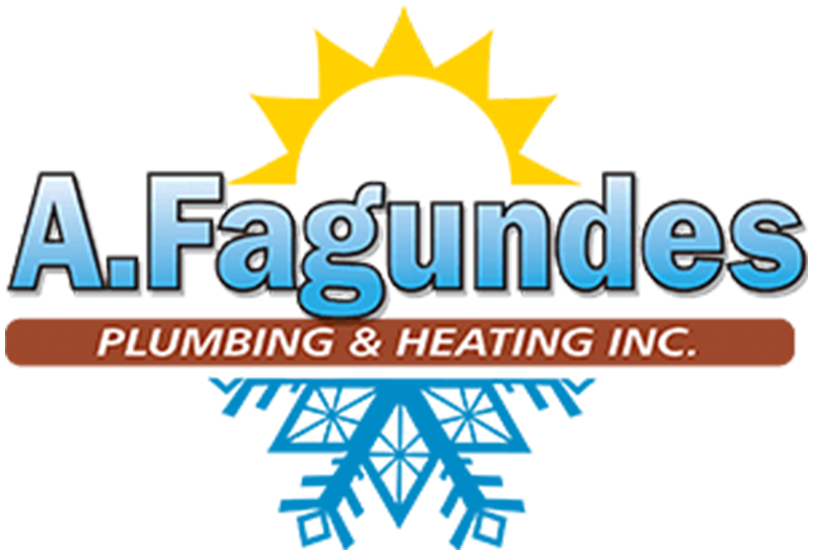.2102171106550.png)
A burst pipe is one of the scariest plumbing problems you can have. It can be chaotic and if you haven’t experienced one before, it’s that much more stressful. Luckily, if you know what to do, you can severely reduce the damage your home takes.
Act Fast
It’s important to act fast, but you have to know what to do ahead of time because a burst pipe can be chaotic. The first step with almost any plumbing problem is to shut off the water supply as soon as possible. If you don’t know where the valve is, you need to find out right after you’re done reading this article! It’s most likely on the side of your home that faces the street. It’s most often near your water heater, but it can be located just about anywhere.
Secondly, you need to gather sensitive items that might be in the path of the burst pipe. Things like electronics, important paperwork, and other valuables need to be grabbed up before the water damage gets to them.
Following Up
After you’ve addressed the most important things, you’ll want to do things to minimize the damage done. Gather standing water using buckets, mops, and towels. The more you can soak up, the less damage your home will sustain.
You may want to drain the rest of your plumbing system by running taps that won’t trigger the leak. This can prevent water from continuing to come out after you’ve turned off your water supply.
Lastly, determine the source of the leak. If you can get an accurate idea of the leak, you might be able to repair it yourself if you have the know-how. If you need professional help, we’d love to be there for you, and knowing where the leak is will only make the job easier.
Don’t fight off a burst pipe alone! We want to help, so just give us a call! You can contact A. Fagundes Plumbing & Heating Inc. at (978) 350-5522 or fill out an online contact form!

